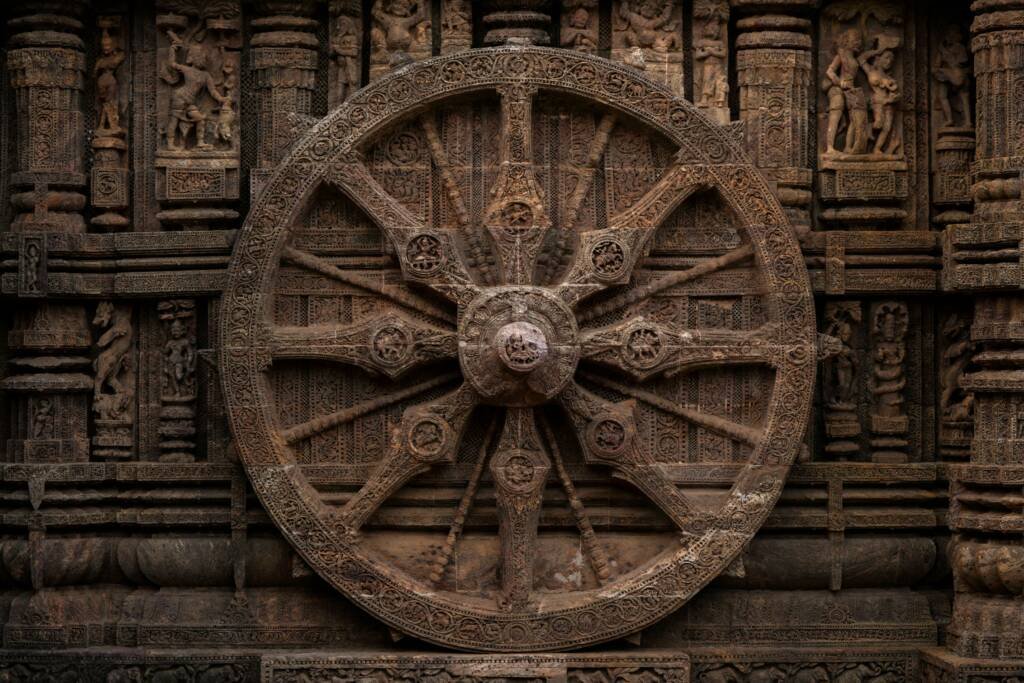Integrating Indian Knowledge Systems in Competency-Based Learning
In the quest to make education more meaningful, there lies a powerful opportunity—one that connects the ancient with the contemporary, the philosophical with the practical, and the theoretical with the experiential. This opportunity is the thoughtful integration of Indian Knowledge Systems (IKS) within the framework of Competency-Based Learning (CBL)—a pairing that holds the potential to transform Indian classrooms into spaces of deep inquiry, application, and rooted understanding.
The Wisdom of the Past Meets the Vision of the Future
Indian Knowledge Systems are not merely remnants of a glorious past—they are living traditions of science, philosophy, mathematics, art, architecture, ecology, and wellness, born of centuries of observation, refinement, and contextual application. These systems are inherently interdisciplinary, experiential, and competency-driven. Their core strength lies in connecting knowledge to life—a principle that lies at the heart of Competency-Based Learning.
On the other hand, Competency-Based Learning, as envisioned in the National Education Policy 2020, emphasizes mastery over memorization, real-world application over theoretical accumulation, and learner-centric growth over standardized instruction. It envisions classrooms where students don’t just learn what to think, but how to think, how to do, how to live, and how to be.
Integrating Indian Knowledge Systems into this transformative framework doesn’t just enrich the curriculum—it grounds it in relevance, meaning, and identity


Rethinking the ‘Why’ of Learning
For centuries, education in India was deeply rooted in observation, reflection, dialogue (shastrartha), and application. Whether it was understanding geometry through temple architecture, learning biology through Ayurveda, or practicing mindfulness through yogic philosophy, learning was driven by purpose and guided by values.
Competency-Based Learning seeks to bring back this approach by asking: What should every learner be able to know, do, and demonstrate meaningfully? When IKS is woven into this model, learners engage with content not as passive consumers but as active participants in the wisdom traditions of their own land—applying knowledge in context, with curiosity and confidence.
What Integration Looks Like in Practice
-
Contextualizing Competencies:
Instead of teaching abstract concepts in isolation, competencies can be developed through IKS examples. For instance, a competency in sustainable practices can be taught through traditional water management systems like stepwells or johads; geometry through mandala designs; physics through the mechanics of ancient chariots.
-
Promoting Inquiry and Critical Thinking:
IKS invites questioning and exploration. Texts such as the Upanishads are built on dialogue and inquiry. When learners explore the reasoning behind ancient practices—why turmeric was used as an antiseptic, how Vedic seers classified plants, or how lunar calendars were constructed—they don’t just gain knowledge; they build analytical, observational, and interpretive competencies.
-
Developing Values and Dispositions:
Education is not just about skill-building, but also about character formation. Concepts such as Dharma (ethical living), Ahimsa (non-violence), Satya (truth), and Sangha (collaborative community) can be powerful anchors for socio-emotional learning and civic competencies.
-
Enabling Multidisciplinary Connections:
Indian Knowledge Systems are inherently holistic. A lesson on the seasons (ritucharya in Ayurveda) brings together science, health, culture, and environment. This mirrors the interdisciplinary nature of CBL, where learning is not siloed but synergistic.
-
Reviving Experiential and Project-Based Learning:
Crafts, indigenous games, traditional art forms, oral storytelling, and environmental practices offer fertile ground for project-based learning. They are hands-on, culturally resonant, and demand demonstration of understanding—key tenets of competency-based learning.
NEP 2020: An Unmissable Alignment
The NEP 2020 mandates a resounding shift from content-heavy to competency-driven education, and also places significant emphasis on reviving India’s knowledge traditions. It urges institutions to “preserve and promote all aspects of Indian culture through education” and to incorporate “local and traditional knowledge in an interdisciplinary manner.”
This dual emphasis is not coincidental—it recognizes that a nation’s future lies not only in its ability to innovate, but also in its ability to draw strength from its cultural and intellectual roots.
By integrating IKS with CBL, we create learning ecosystems that are not only progressive but also deeply rooted, not only skill-driven but also meaning-driven.
Reclaiming Relevance, Fostering Identity
In today’s rapidly changing world, the ability to connect knowledge with context, identity with inquiry, and tradition with transformation is not a luxury—it is a necessity. Integrating Indian Knowledge Systems within the competency-based framework ensures that learners are not alienated from their cultural foundations while engaging with modern challenges. It allows them to see the continuity between who they are, where they come from, and what they are capable of becoming.
This is not just an educational innovation—it is a cultural reawakening. A return to an education system that does not see a dichotomy between science and spirituality, skill and sensibility, intellect and intuition.
The Way Forward
Bridging knowledge with application is not a task reserved for tomorrow. It is an urgent call for today. Indian Knowledge Systems offer us a vast repository of experiential wisdom, while Competency-Based Learning offers the tools to make that wisdom actionable, measurable, and transformative.
Together, they can forge classrooms where learning is not just a transaction—but a journey of becoming.
When learners see themselves in what they learn—and when what they learn helps them see the world more clearly—that is when true education begins.



